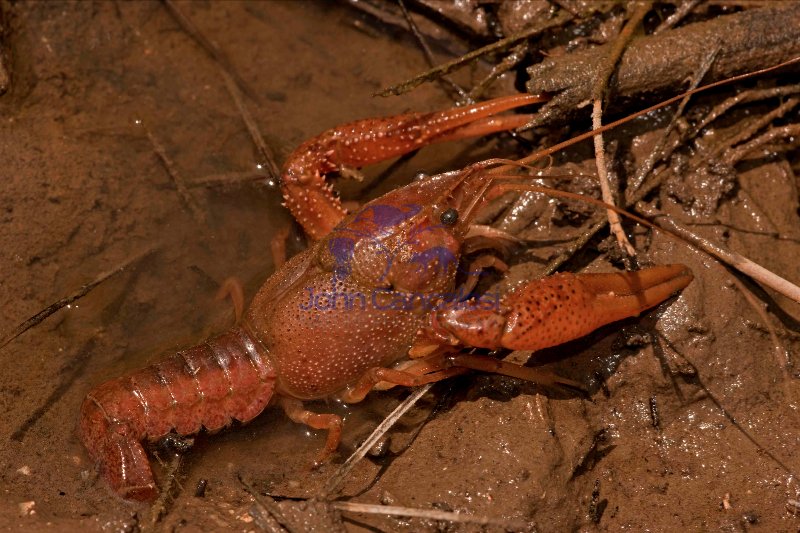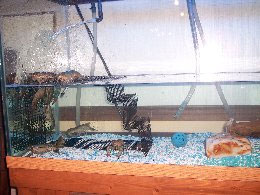

Similar native speciesĬherax destructor, or the Yabby, is a widely distributed endemic crayfish in NSW. As such, the release of unwanted aquarium specimens is another way that this species may have been introduced into the wild in NSW. Redclaw have also been traded in the ornamental fish industry. There are a number of possible vectors through which redclaw may have been introduced to catchments in NSW including the stocking of farm dams, either intentionally or via contaminated shipments of fish, escape from aquaculture facilities licenced to farm redclaw, or translocation by recreational fishers for use as live bait. These facilities are located in the council areas of Richmond Valley, Clarence Valley, Kempsy Shire, Port Macquarie-Hastings and Camden.

There are currently 9 approved aquaculture facilities in NSW that culture redclaw crayfish. Other anecdotal reports have been recorded, but not confirmed, in the northern rivers region of NSW.ĭPI issues Aquaculture permits that allow the culture of redclaw crayfish as a permissible species. Populations of Redclaw in NSW were discovered in Emigrant Creek Dam in 2004 (Coughran and Leckie 2007) and Lake Ainsworth in 2011 (James Melville, pers. However, observation of introduced populations and within the aquarium trade, indicate that this species can display aggressiveness and burrowing habits (Coughran and Leckie, 2007). In their natural habitat, redclaw are a relatively non-aggressive, non-burrowing species. Redclaw are omnivorous with a diet that includes small invertebrates and aquatic plants. Although native to tropical and subtropical bioregions, they can tolerate a broad temperature range, low dissolved oxygen concentrations and crowded conditions. In their native range, Redclaw inhabit a diversity of freshwater habitats including still ponds, small creeks, isolated rock pools and fast flowing rivers. The male is larger than the female reaching a maximum of 25 cm in length and weight up to 600g. The name ‘Redclaw’ comes from the fact that mature male specimens display distinctive red patches on the claws. As with all non-natives, this fact highlights the importance of preventing non-native species like redclaw from entering or spreading further in our waterways! Natural distribution & biology Like many freshwater pest fish, once populations of redclaw have become established, eradication is almost impossible. Redclaw have the potential to impact aquatic ecosystems through modification of natural habitats, direct predation, competition with native species and the introduction of crayfish diseases (Ahyong and Yeo, 2007). Internationally, introduced populations of redclaw crayfish are known to have established in South Africa, Mexico, Jamaica, Puerto Rico and Singapore. The redclaw crayfish has established populations outside of its natural range in six of seven Australian states with Tasmania being the exception. In Australia, redclaw aquaculture operations exist in Queensland, Northern Territory and New South Wales. Redclaw are tolerant of a broad range of environmental conditions, have a simple reproductive cycle and fast growth rates which has generated interest in the species for commercial aquaculture and ornamental aquarium use. Redclaw ( Cherax quadricarinatus) is a freshwater crayfish native to parts of northern Australia and Papua New Guinea.


 0 kommentar(er)
0 kommentar(er)
